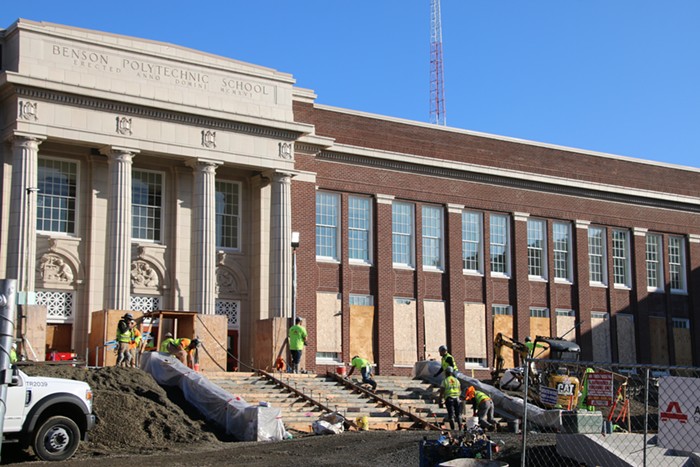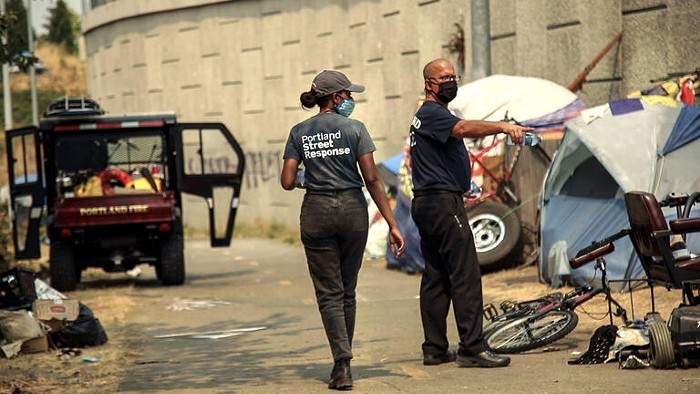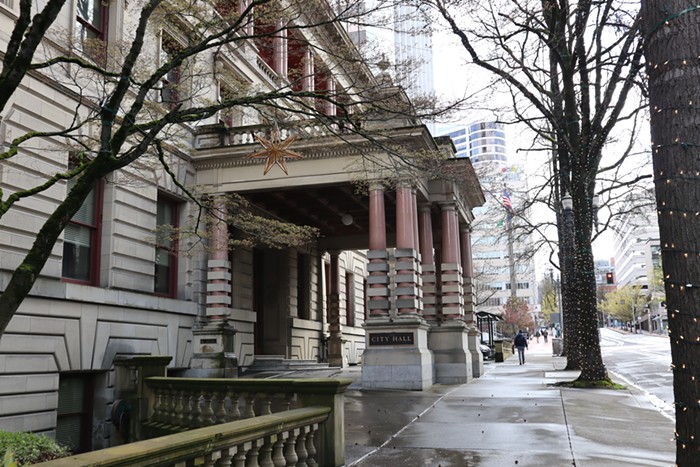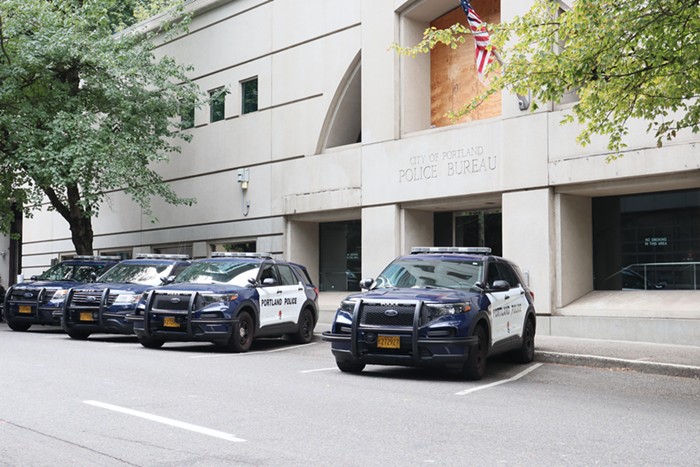
The Oregon Department of Environmental Quality (DEQ) issued a $2.1 million fine—the largest in the department’s history—to Malarkey Roofing Products last week for emitting higher levels of formaldehyde than previously reported for over a decade.
The roofing company, which cites sustainability as one of its company values, failed to notify the DEQ that it added a second exhaust stack to the company’s production facility in the North Portland Kenton neighborhood in 2009, triggering an increase in formaldehyde emissions to at least 10 tons per year. In 2018, the company notified the DEQ that its emissions may be higher than previously reported. The DEQ ordered the company to conduct emissions testing and the heightened levels of formaldehyde were confirmed in 2019.
Exposure to formaldehyde can cause serious health effects like burning in the eyes, nose, and throat, as well nausea and skin irritation, according to the DEQ. Some studies have also indicated that long term exposure to formaldehyde may increase a person’s risk of leukemia and brain cancer.
Malarkey installed a processing unit for air pollution in 2020, which reduced its formaldehyde emissions. The DEQ’s fine is calculated to stave off the “economic benefit” Malarkey gained from not paying the appropriate fees major polluters are charged over the past decade.
“While we are disappointed by how DEQ has handled some of its decisions, we own up to our culpability and are proud of how we actively handled the situation,” said Greg Malarkey, president of Malarkey Roofing Products, in a statement.
While the DEQ does conduct regular walkthroughs of facilities to verify the facilities are operating in line with their permits, there are limitations to those inspections. According to DEQ spokesperson Lauren Wirtis, some modifications—like adding a second exhaust valve—are visually small changes that may not be caught in a facility walk-through.
“That's exactly why we have it in the permit [to inform the DEQ of any modifications] because you can't see every modification that can actually have a really serious repercussion,” Wirtis said.
Had the company not self-reported its higher emission levels to the DEQ, Wirtis said the state agency would have discovered the discrepancy when Malarkey Roofing applied for a renewal of its air permit.
“I don't think that this is indicative of something bigger, but our hope would certainly be that a $2 million penalty that isn't going to have much wiggle room for negotiation is certainly a sign that it's a very bad idea to spend a long time polluting a neighborhood because there's going to be a really big fine at the end,” Wirtis said. “Facilities notify us all the time that modifications are being made, so there are plenty of examples of facilities that comply with the law.”
While the $2.1 million fine is the largest in DEQ history, the Kenton Neighborhood Association questions whether fining the company for the economic advantages it received from breaking the law is a strong enough message to state polluters.
“The DEQ essentially just fined Malarkey Roofing as an economic offset by the competitive advantage they received,” said neighborhood association vice-chair Tyler Roppe. “They're not even really being penalized for emitting toxins illegally in our air which is a little bit dumbfounding to me.”
Wirtis noted that stricter enforcement on reducing emissions is coming through Cleaner Air Oregon, a program adopted in 2018 aiming to address facilities that operate legally but still cause health risks to nearby communities. The program will conduct more thorough analyses of all of Oregon’s polluting facilities and create air pollutant models that account for how facility emissions, wind patterns, and other variables combine to impact the air quality in surrounding communities.
The Kenton Neighborhood Association has been trying to learn more about the Malarkey facility’s formaldehyde emissions prior to the DEQ’s ruling, going as far to try and order a sample of formaldehyde from a research university to learn the scent of the carcinogen and determine if the smell in the air is formaldehyde or something else from the nearby waste water plant. The university denied the neighborhood’s request, saying it was too dangerous.
“For neighbors living close to the facility, they're [questioning] how much exposure they were getting and what were their potential health impacts from that,” Roppe said. “It’s not like Malarkey Roofing is miles away from residential housing, it’s across Columbia Boulevard to homes. Someone could potentially throw a baseball to it from their house.”
The Kenton Neighborhood Association is meeting with the DEQ in early November to discuss the Malarkey Roofing facility. Roppe said they hope to learn more about the specific formaldehyde emission levels coming from the plant—before and after the air pollution controls were installed—and the health impacts of being exposed to the pollutant.



















